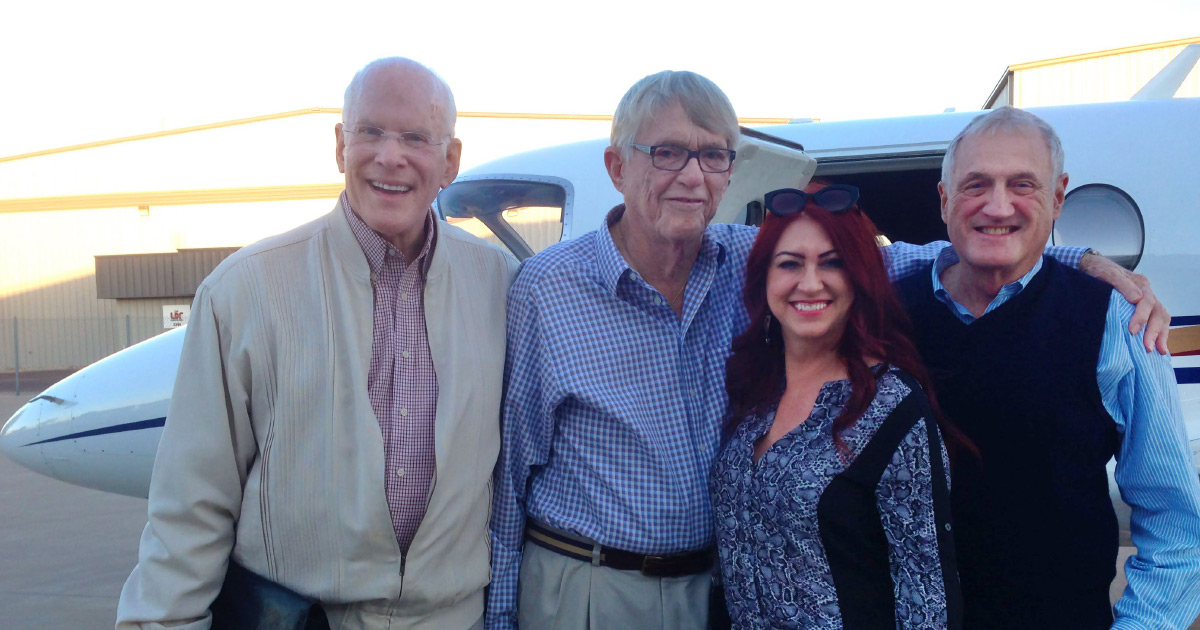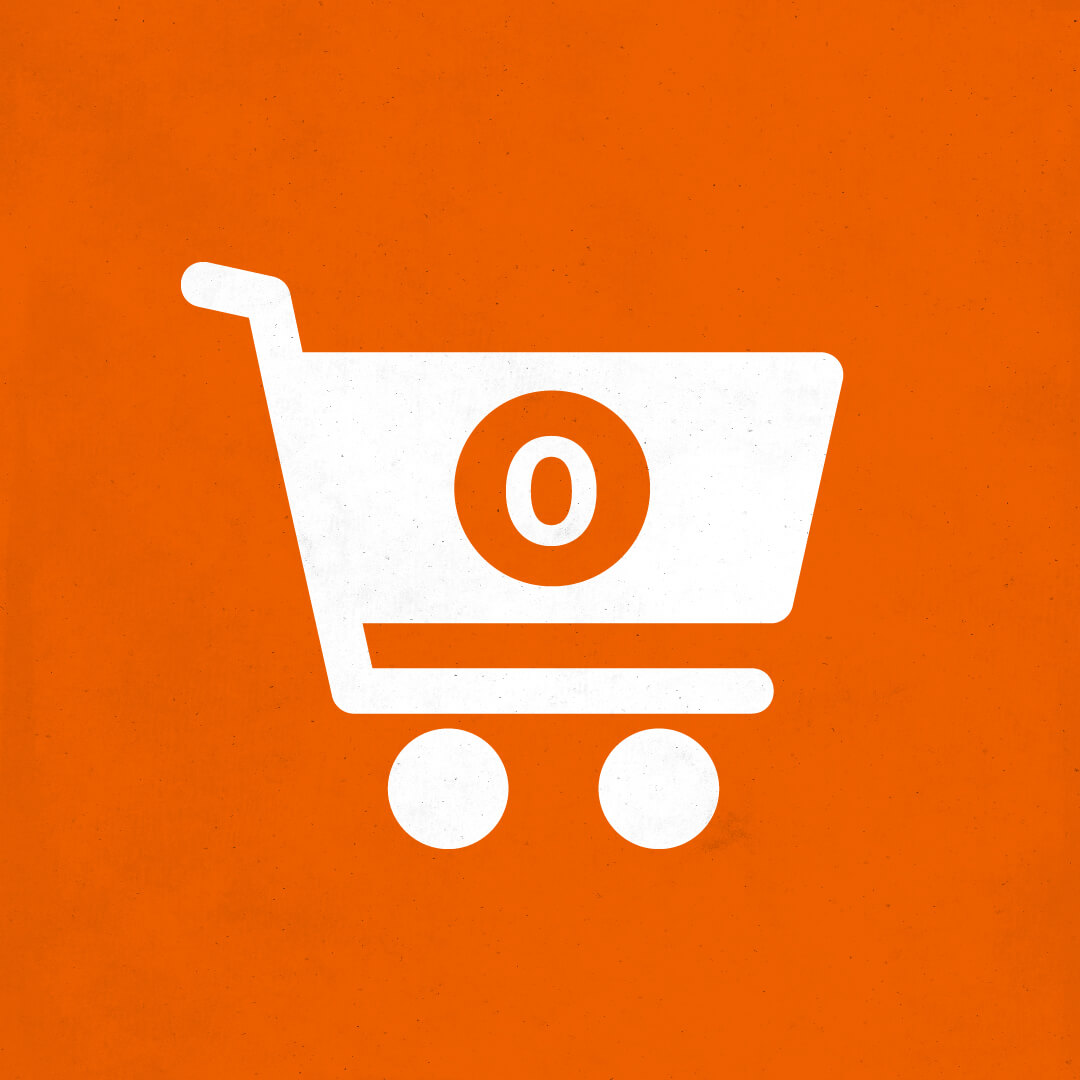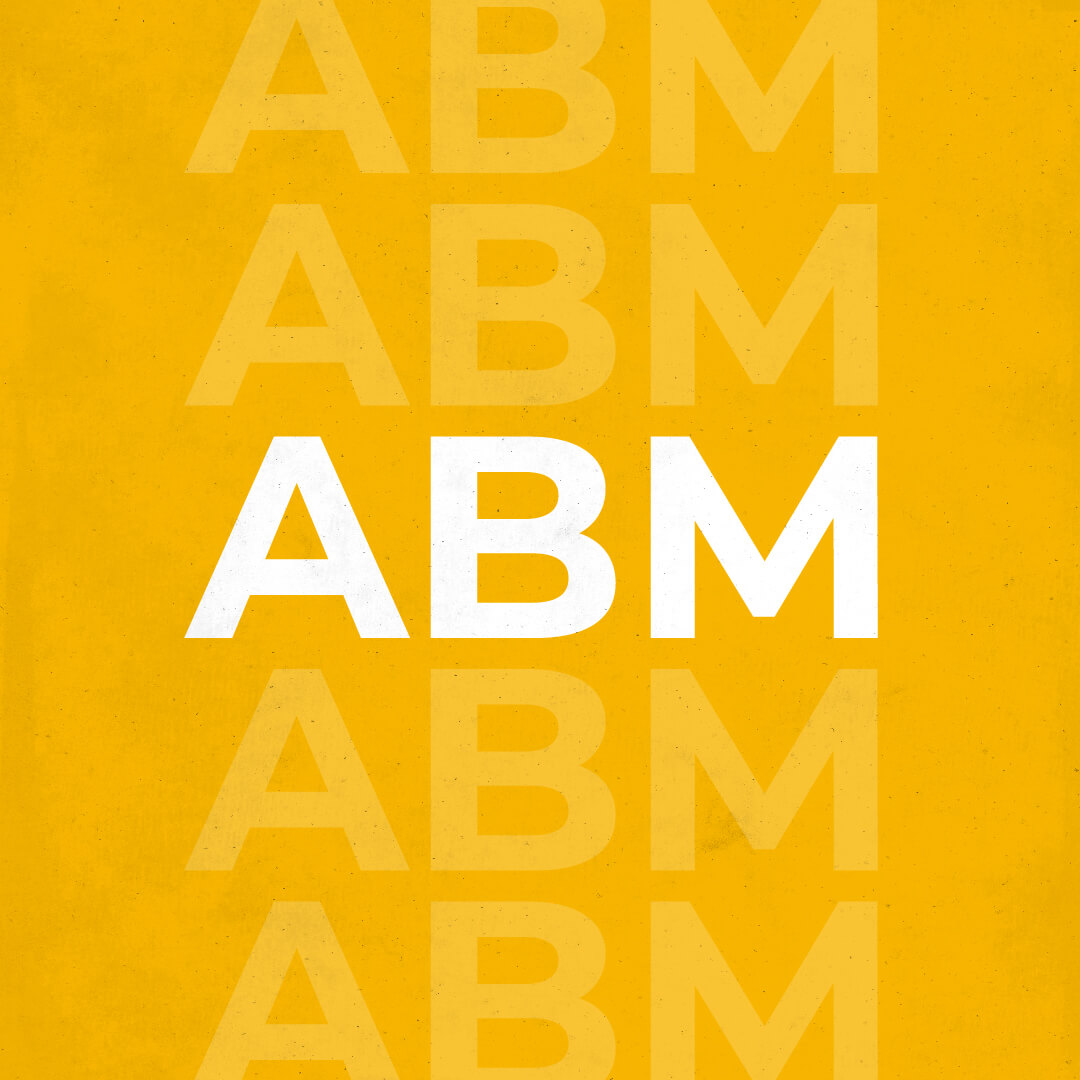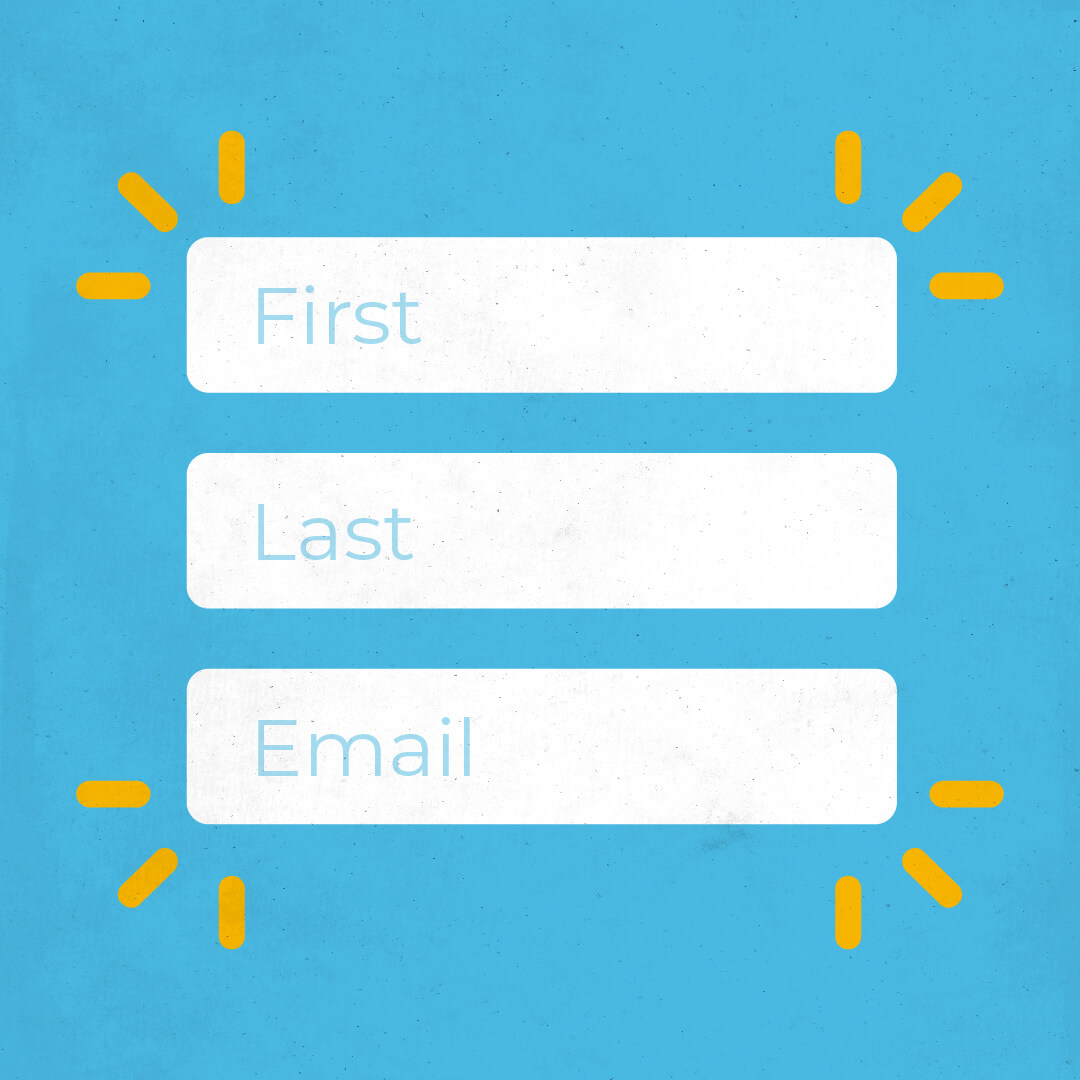Marketing Unmanned Aircraft to Different Audiences
The aviation industry is full of acronyms. We can get caught up in our own areas of expertise and forget that some terms aren’t universally familiar. That’s the challenge in the emerging unmanned aircraft technology sector. Also known as drones, unmanned aerial vehicles (UAV) and the systems in which they work (unmanned aircraft systems or UAS) suffer from the same confusing jargon as their manned counterparts.
As businesses and operators in this sector, how do you talk about unmanned aircraft and systems? More important, how do you reach prospective customers who might only know of drones as a backyard recreational activity?
Educate and Illustrate
Fortunately, there’s momentum you can use. A lot of attention is on unmanned aircraft technology – whether that’s from delivery drones for large retail operations or for the future of remote piloted vehicles filling advanced and urban air mobility (AAM/UAM) transportation needs.

Take advantage of the information that already exists to reach each of your potential audiences, including customers, partners and the media. Before diving in, though, remember that different audiences need different information to understand your business or the sector as a whole.
With audiences who are drone-savvy, such as potential partners in the industry and some customers, your challenge is to illustrate the benefits your product or service offers. For them, your message needs to speak to them directly in ways that focus less on the theoretical and more on the practical. What does your product do for them? What does your service solve for them? For customers, how can you make their business more efficient, safer or more sustainable?
Less aware audiences need more educational content specific to what the industry is and what your product or service does. Think about how you would answer questions from a local media outlet: who, what, when, where, why – and how. (How is always the most interesting part, so make sure you don’t leave it out.)
Once you’ve developed a message for each of your audiences, it needs to find them in the appropriate spaces. Having a scattershot approach isn’t an effective use of marketing resources. We recommend creating a complete content strategy surrounding each of your goals.
Vantis Breaks Through
Our client Vantis, North Dakota’s statewide UAS beyond-visual-line-of-sight (BVLOS) network, made waves with its launch at the virtual UAS Summit & Expo in October 2020. No one in the industry had seen a BVLOS network get off the ground and into the sky.
In conjunction with the Summit, we pitched media outlets, distributed press releases and developed a complete social media strategy. Vantis’ message to its mostly unmanned-friendly audiences reached more than 5 million people, generating more than $145,000 worth of estimated publicity in the first two weeks of its launch.
Since its initial rollout, industry subject matter experts at Vantis have appeared in other forums, including on influential industry podcasts as well as in legislative arenas. Aviation and technology businesses have taken notice. Communities across the state are starting to see the benefits Vantis will bring, and industries, such as oil and gas, agriculture and transportation, are envisioning how to use this new infrastructure.
Ready to Get Off the Ground?
Greteman Group’s strategic approach to getting Vantis’ message off the ground and into the ears of the right people can be applied to your operation. Contact us to help your audience make sense of the alphabet soup of unmanned aviation.












